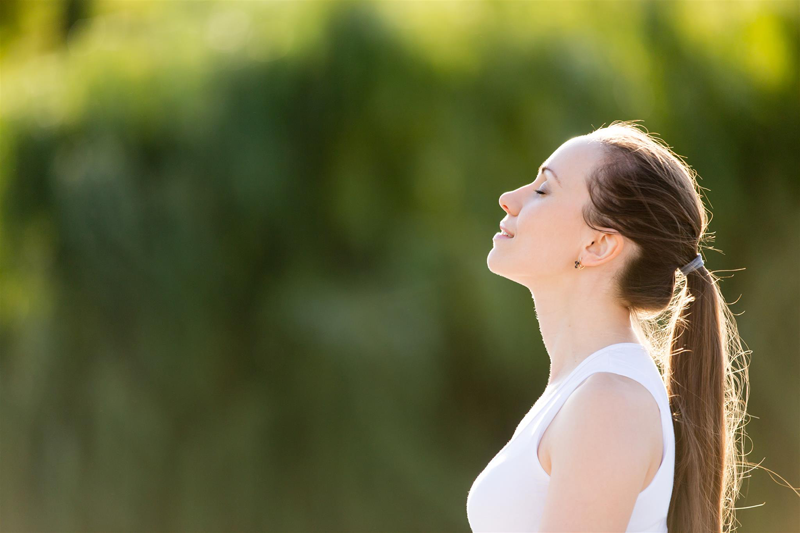Today, many people are turning to yoga to fulfil their daily exercise requirement. With a range of great benefits including weight control, higher energy levels, and reduced anxiety, it’s not hard to see why! In this article, we explore some of the benefits of yoga in more detail. If you’re interested in practicing the holistic therapy, it’s a good idea to pick up some comfortable yoga clothes before beginning.
Improves Fitness and Controls Weight
As we approach the summer months, many of us dream of achieving that bikini body. Whilst a balanced diet is essential for those looking to stay in shape, regular exercise is another key factor. Thankfully, yoga is a great way to improve your fitness levels and help you to tone up. If you’re already working out regularly, yoga can still be of great benefit to your body. Whether you enjoy hitting the gym in your spare time or you are partial to a morning swim before work, yoga can help to prevent injury by building strength and flexibility in your muscles. Whatever your current exercise regime entails, yoga can be slotted in to improve your body further. With so many different yoga styles out there, it shouldn’t be hard to find a style that suits your lifestyle. For those looking to lose weight, hot yoga is often a popular choice. Performed in a heated studio, practitioners can burn up to 700 classes per session. As well as being improving your physical fitness levels, regular yoga practice can benefit your emotional health, too. For best results in this area, try choosing a class that incorporates the main three aspects of yoga: asanas, pranayamas, and meditation.
Reduces Stress and Anxiety
As mentioned previously, regular yoga practice is great for your mental health. Many practitioners use the exercise to reduce their stress and anxiety levels. When trying to overcome the stresses of modern life, it’s essential to allow your body time to relax and recharge. Encouraging your mind to completely switch off, yoga is the perfect way to achieve this. Better still, many of the techniques can be practiced from the comfort of your own home; this makes it easy to fit the yoga practice into a busy schedule. One of the most effective techniques for reducing anxiety is something known as ‘Yogic breathing’. This breathing exercise can help the body to relax in moments of fear or anxiety, giving the practitioner a chance to calm down before the feelings escalate. Yogic breathing can be explained simply as rhythmic breathing. In times of stress, take a few minutes to calm the mind by taking some deep breaths. This will help you to regain balance and allow you to feel more in control. Once you have calmed down, you will be in a position to make a rational decision about the best way forward. In addition to reducing anxiety, yoga can also help to increase self-confidence. Encouraging you to create strong poses with your body, the holistic therapy will allow you to feel more confident and in-control.
Encourages Inner Peace
In times of stress, it can be helpful to visit a peaceful, happy place. Unfortunately, in the busyness of day-to-day life, physically visiting a beautiful location may not be realistic. Thankfully, yoga can help us to find inner peace without having to leave the workplace. Many yoga sessions will end with a period of medita-tion which encourages students to do exactly that. Helping yogis to reach a place of inner peace, medita-tion is considered one of the most effective ways to calm a frantic mind. With the ability to be practiced at any time or place, this element of yoga can be used to escape for a few minutes whenever necessary.
Boosts Energy Levels
In the midst of a hectic week, even the most mundane tasks can feel exhausting. Regular yoga practice can boost your energy levels, allowing you to tackle the rest of the week feeling refreshed and recharged. Better still, a simple asana sequence can be practiced in just a few minutes. With this in mind, yoga can be used by people of all sorts – even those with busy schedules! If you’re looking to refresh your mind before you head off to work, practice for a few minutes before breakfast; if you’re a little strapped for time, try fitting a short session in before you head to bed.

